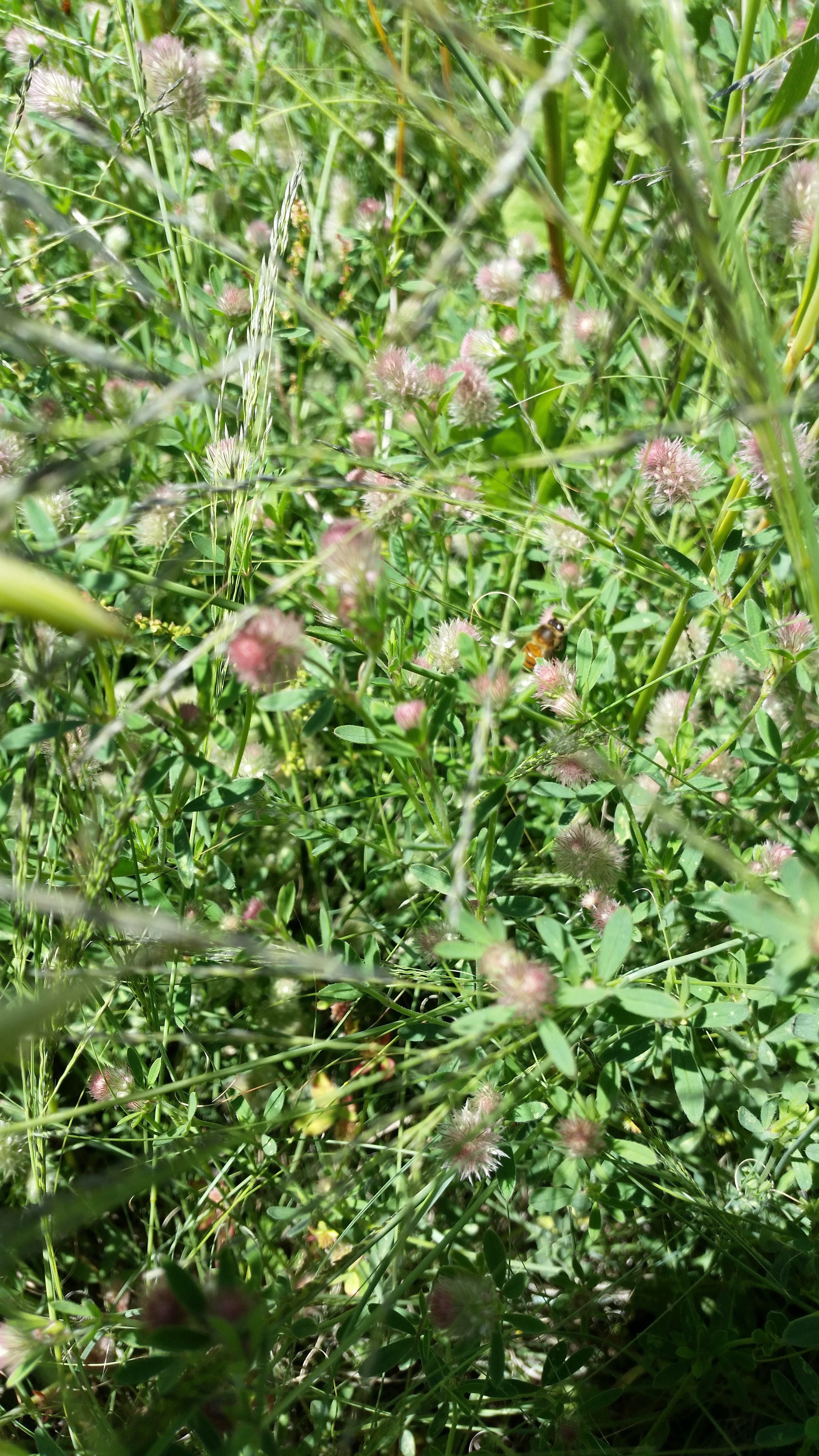Feeding farmland with compost to boost productivity and profit

Australian Soil Management (ASM) is using NSW Environment Protection Authority (EPA) grant funds to address “the historic depletion of organic matter in agricultural soils” across three of the state’s key agricultural regions.
A key part of ASM's ‘Pathways to develop new markets and increase demand for compost’ project is developing tailored soil-management plans for farmers engaged in grazing and broadacre cropping in NSW’s Central West, Capital and Riverina regions.
ASM is guiding project participants in using customised recycled organics (RO) compost to improve the health and quality of their soils, thereby increasing crop productivity and profit.
The project is also helping participating farmers tap into the federal government's Carbon Abatement auctions, where they can get reimbursed for input costs if they can show that sufficient carbon has been sequestered in their soils after adding RO compost.

One of Australian Soil Management's Cooma-Monaro African Lovegrass trial sites following recycled-organics compost application - now with 22 thriving plant species and a bee.
NSW Environment Protection Authority (NSW EPA)
What does an ASM soil management plan entail?
Land-clearing and other conventional agricultural practices result in a net loss of organic matter from soils. In many parts of Australia, farm lands have been depleted and now contain far less carbon than the two percent minimum by weight they need to be considered ‘good-quality’ soil, able to support healthy, vigorous crop growth.
ASM works with farmers and landscapers to develop tailored ‘Soil Management Plans’ that replace costly and potentially toxic chemical agricultural products – fertilisers, herbicides, fungicides and pesticides – with quality recycled organics products.
All ASM’ s RO products meet Australian Standard AS4454 (2012) for composts, soil conditioners and mulches.
Check out this video about ASM's weed management and soil improvement project using RO compost application on a farm trial site in the Cooma-Monaro region of NSW.
How does applying RO compost improve the soil?
Typically, substituting chemical inputs for recycled organics compost doubles soil organic carbon (SOC) levels, with several ancillary benefits including:
· improved soil structure with less compaction;
· better infiltration and drainage of water;
· increased capacity to store moisture in the soil;
· deeper root systems so plants are less susceptible to dry conditions;
· increased penetration of air to plant roots and beneficial soil organisms.
The ASM project received funding from NSW EPA’s Waste Less, Recycle More Organics Market Development Grant Program, which supports the long-term expansion of the market in NSW for recycled organics diverted from landfill.

